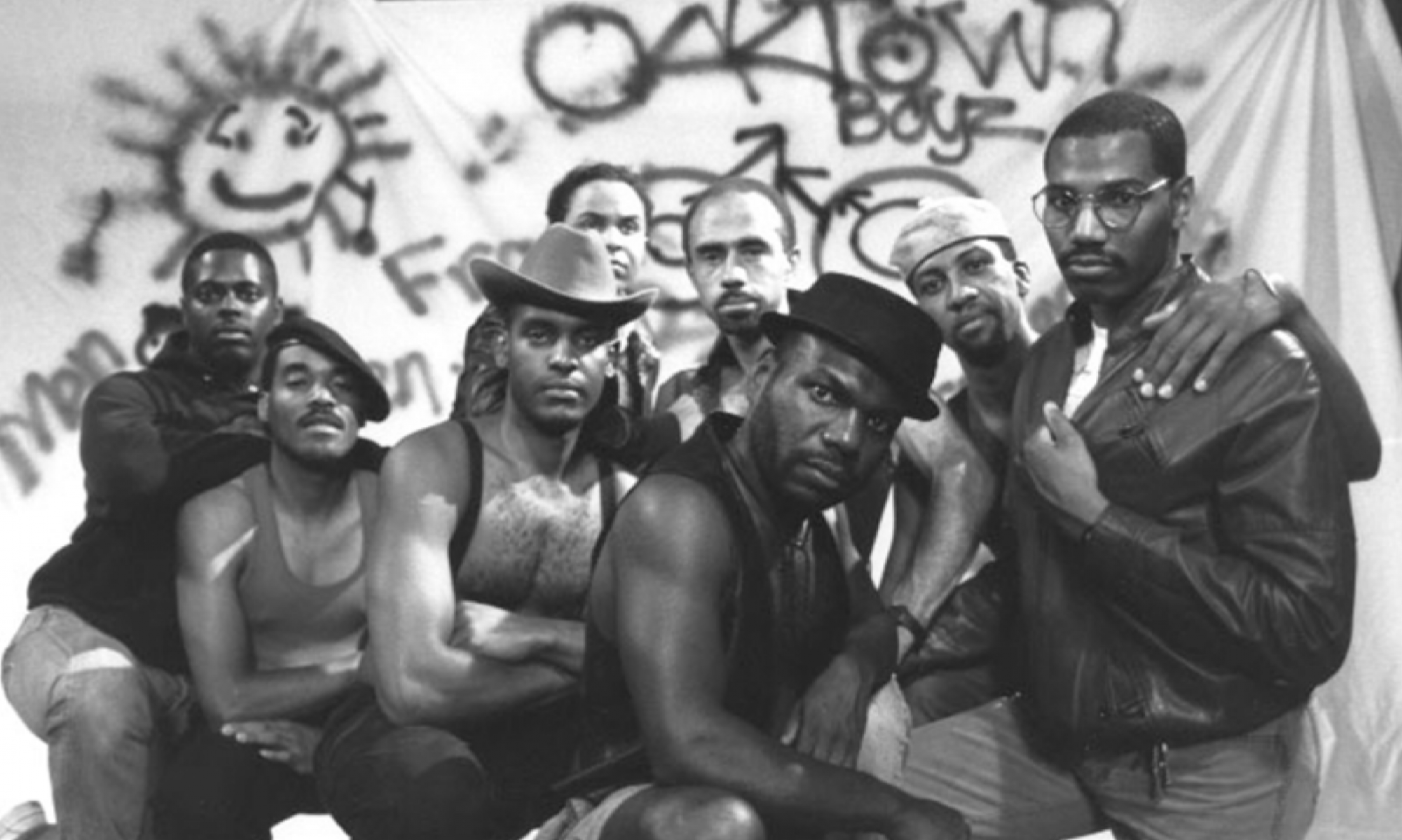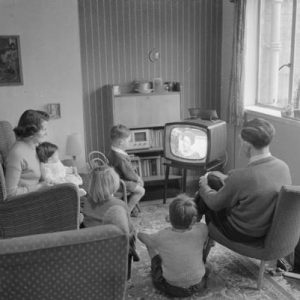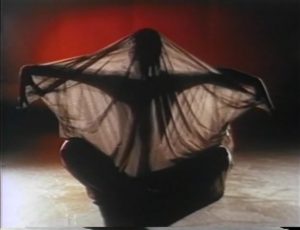After delving into history of AIDS and the current conversation surrounding AIDS now, it was so enlightening to learn about the extent of the crisis and the ardent activism surrounding it. In no other movement in history have people’s lives depended so heavily and immediately on the outcomes and results of the protests and activism. That in itself differentiates ACT UP and AIDS activism from other American movements. The activism surrounding this disease and the relationships and community that formed to protest such a terrible disease was a huge characteristic of this activism. The fact that such a terrible disease was terrorizing such a specific and marginalized group was obviously part of the political problem that spurred such an ardent movement of people fighting for their lives, but it was also a factor that contributed to the immensely close community that arose out of this tragedy. With this in mind, reading the articles and watching the ACT UP clips was especially heartbreaking. So while reading, one thing that struck me was the conclusion by Cynthia Chris and Monica Pearl in Women, AIDS, and Activism. This conclusion touched on the definition of activism. This conclusion states that activism does not have to entail standing outside government buildings or placing ashes on the lawn of the capital. Rather, Chris and Pearl state that activism includes, “informally exchanging safer-sex information in a conversation with a friend, or pointing out the bigotry in a colleague’s remarks, or questioning what you hear on the news from a government official…all that is required is that you are angry about the lack of information or services in your community and are willing to put yourself on the line in some way to make a change.”
I recalled this conclusion as we were watching the two clips in class: one clip about the irresponsible printing of misinformation by Cosmopolitan magazine and one clip about the organic exchange of information in the hair salon. The parallel between these two origins of information represented a larger, more problematic riff that ran throughout the AIDS epidemic. These two clips represented how false, misrepresentative information was spread by industries, companies, organizations, and the government in order to shift the AIDS problem off their plate and onto someone else’s. The marginalization of the group that this disease primarily affects and thus the marginalization of the disease itself had lasting consequences for the livelihood of AIDS victims.
The publishing of false information in an established, widely-read women’s magazine like Cosmopolitan represents the lack of regulation or even care by the government or other officiating sources across the board. This article by the doctor was published in Cosmopolitan, a source that does not have the resources to appropriately or thoroughly fact check. This type of inaccurate information sharing did not protect women, rather it put women at serious risk of contracting the AIDS virus. This type of publishing is not only irresponsible in itself but it also propagates the marginalization of AIDS victims. Although this article that Cosmo published drew attention to AIDS, by Chris and Pearl’s definition it does not qualify as activism because it is hindering the fight against AIDS by spreading false information rather than informing the population.
The other clip we watched in class showed a different kind of activism, a more authentic form of activism. The clip depicted a hair salon that encouraged and participated in honest and open conversations about AIDS in a community that is heavily impacted by the disease. This scene registers as an acceptable form of activism according to Chris and Pearl’s definition. Encouraging the conversation and providing and open and safe space to gain information and express your own experiences with the disease is an extremely impactful form of activism on a very intimate and effective level. The parallels between these two types of communicating information (and misinformation) and participating in activism reflect how the disease was addressed by the outside population and by victims of AIDS. As we saw in the ACT UP documentary and discussed in class, majority of the effective activism was carried out by AIDS victims themselves and ACT UP members who knew what the disease entailed and had a thorough understanding of what needed to be done. This is represented in the scenes of the hair salon when AIDS victims and other members of the communities most effected are able to participate in the conversation and spread awareness. The counter-protests (or pseudo-protests) carried out by the people who were hindering and marginalizing these groups of people is epitomized in the Cosmo article, as it obstructs the movement towards truth and awareness.




